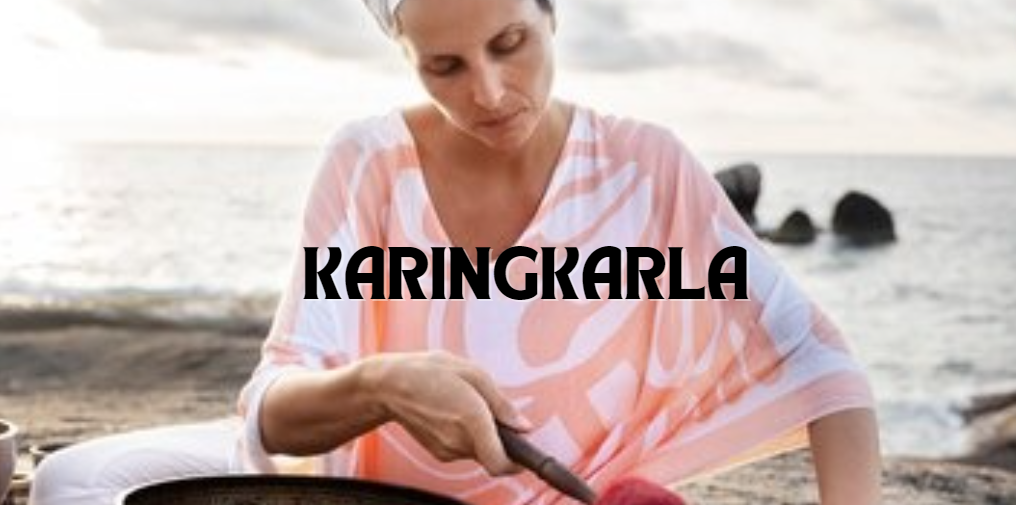Contents
Introduction
Karingkarla is a sacred tradition that has been deeply embedded in the cultures of Indigenous peoples for generations. This comprehensive guide will delve into the rich history, cultural significance, and modern-day relevance of Karingkarla.
By understanding this tradition, we can appreciate the profound impact it has on Indigenous communities and the broader cultural landscape. This article is optimized for the keyword “karingkarla” and aims to provide unique insights that surpass existing online sources, making it a valuable resource for readers in the USA.
The Origins of Karingkarla
Historical Background
Karingkarla traces its origins back to ancient times, with roots that stretch across various Indigenous cultures. The tradition encompasses a range of spiritual, social, and communal practices that have been passed down through oral histories and rituals. The precise origins of Karingkarla are often linked to creation stories and mythologies that explain the world and the place of humans within it.
Geographical Spread
Karingkarla is practiced by numerous Indigenous groups, each with its unique interpretation and implementation of the tradition. It is prevalent in regions with significant Indigenous populations, including Australia, North America, and parts of Africa. The geographical spread of Karingkarla reflects the diverse cultural landscapes in which it thrives, with each community adding its distinct elements to the tradition.
Cultural Significance of Karingkarla
Spiritual Practices
At its core, Karingkarla is a deeply spiritual practice. It involves various rituals and ceremonies designed to connect individuals with their ancestors, the natural world, and the spiritual realm. These practices often include singing, dancing, storytelling, and the use of sacred objects, all of which serve to reinforce communal bonds and spiritual beliefs.
Social Functions
Beyond its spiritual aspects, Karingkarla plays a vital role in the social structure of Indigenous communities. It serves as a means of preserving cultural knowledge, reinforcing social norms, and fostering a sense of identity and belonging. Through Karingkarla, communities pass down essential teachings and values to younger generations, ensuring the continuity of their cultural heritage.
Connection to Nature
Karingkarla emphasizes a deep connection to the natural world. Many rituals and ceremonies are conducted in specific natural settings, such as forests, rivers, and mountains, which are considered sacred. This connection to nature underscores the Indigenous worldview of humans as integral parts of the ecosystem, living in harmony with all living beings.
The Components of Karingkarla
Rituals and Ceremonies
Karingkarla comprises a variety of rituals and ceremonies, each with its unique purpose and significance. Common elements include initiation rites, seasonal celebrations, and healing ceremonies. These events often involve elaborate preparations and the participation of the entire community, highlighting the collective nature of the tradition.
Sacred Objects
Sacred objects play a crucial role in Karingkarla. These items, which may include stones, feathers, and handcrafted artifacts, are imbued with spiritual significance and are used in various rituals. The creation and use of these objects are governed by specific traditions and protocols, reflecting their importance in maintaining the sacredness of the practice.
Oral Traditions
Oral traditions are a cornerstone of Karingkarla. Stories, songs, and teachings are passed down orally from generation to generation, preserving the wisdom and knowledge of the ancestors. These oral traditions are not only a means of cultural transmission but also a way of connecting with the past and ensuring the vitality of the tradition.
Karingkarla in the Modern World
Challenges and Resilience
In the modern world, Karingkarla faces numerous challenges, including cultural assimilation, loss of traditional lands, and the impacts of globalization. Despite these challenges, many Indigenous communities remain resilient, adapting their practices to contemporary contexts while striving to preserve their cultural heritage.
Revitalization Efforts
Efforts to revitalize Karingkarla are underway in many Indigenous communities. These initiatives include cultural education programs, the documentation of oral traditions, and the revival of traditional ceremonies. By embracing both traditional and modern methods, communities are working to ensure that Karingkarla continues to thrive for future generations.
The Role of Technology
Technology plays an increasingly important role in the preservation and dissemination of Karingkarla. Digital archives, social media, and online platforms provide new avenues for sharing cultural knowledge and connecting with a broader audience. These tools can help bridge the gap between traditional practices and contemporary lifestyles, ensuring that Karingkarla remains relevant in the digital age.
The Impact of Karingkarla on Indigenous Identity
Strengthening Cultural Identity
Karingkarla is integral to the cultural identity of many Indigenous peoples. By engaging in traditional practices, individuals and communities affirm their unique cultural heritage and strengthen their sense of identity. This cultural grounding provides a foundation for resilience and empowerment in the face of external pressures.
Fostering Community Cohesion
The communal nature of Karingkarla fosters a strong sense of community cohesion. Shared rituals and ceremonies create bonds of solidarity and mutual support, helping to build resilient and cohesive communities. This sense of unity is particularly important in the context of ongoing challenges such as social marginalization and economic hardship.
Promoting Intergenerational Knowledge Transfer
One of the most significant impacts of Karingkarla is its role in promoting intergenerational knowledge transfer. Elders play a crucial role in passing down cultural knowledge and wisdom to younger generations, ensuring the continuity of the tradition. This process of knowledge transfer not only preserves cultural heritage but also empowers young people with a sense of identity and purpose.
Case Studies: Karingkarla in Practice
The Yolngu People of Australia
The Yolngu people of Australia are renowned for their rich cultural heritage and the central role of Karingkarla in their society. Their ceremonies, known as “Bunggul,” involve intricate dances, songs, and storytelling that convey spiritual and cultural teachings. The Yolngu have successfully adapted their practices to contemporary contexts while maintaining the integrity of their traditions.
In the Navajo Nation, Karingkarla manifests in the form of traditional healing ceremonies and seasonal celebrations. These practices are deeply intertwined with the Navajo worldview and serve as a means of connecting with their ancestors and the natural world. The Navajo have also embraced modern technology to document and share their traditions, ensuring their preservation for future generations.
The Maasai of Kenya and Tanzania
The Maasai people of Kenya and Tanzania are known for their vibrant cultural practices, many of which fall under the umbrella of Karingkarla. Their rituals, such as the “Eunoto” ceremony for warriors, play a crucial role in maintaining social cohesion and cultural continuity. The Maasai have faced significant challenges due to land dispossession and cultural assimilation, but they continue to uphold their traditions with pride and resilience.
FAQs about Karingkarla
What is Karingkarla?
Karingkarla is a sacred tradition deeply rooted in Indigenous cultures, encompassing a range of spiritual, social, and communal practices. It involves rituals, ceremonies, and the use of sacred objects to connect individuals with their ancestors, the natural world, and the spiritual realm.
Why is Karingkarla important?
Karingkarla is important because it preserves cultural knowledge, reinforces social norms, and fosters a sense of identity and belonging within Indigenous communities. It also emphasizes a deep connection to the natural world, reflecting the Indigenous worldview of humans as integral parts of the ecosystem.
How is Karingkarla practiced?
Karingkarla is practiced through various rituals and ceremonies, including initiation rites, seasonal celebrations, and healing ceremonies. These practices often involve singing, dancing, storytelling, and the use of sacred objects, and they are conducted in specific natural settings considered sacred.
What challenges does Karingkarla face in the modern world?
Karingkarla faces challenges such as cultural assimilation, loss of traditional lands, and the impacts of globalization. Despite these challenges, many Indigenous communities remain resilient and are working to revitalize their traditions through cultural education programs and the use of modern technology.
How can technology help preserve Karingkarla?
Technology can help preserve Karingkarla by providing new avenues for documenting and sharing cultural knowledge. Digital archives, social media, and online platforms can bridge the gap between traditional practices and contemporary lifestyles, ensuring that Karingkarla remains relevant in the digital age.
Conclusion
Karingkarla is a sacred tradition that embodies the rich cultural heritage of Indigenous peoples. Through its spiritual practices, social functions, and connection to nature, Karingkarla plays a vital role in preserving cultural identity and fostering community cohesion.
Despite the challenges posed by the modern world, Indigenous communities continue to uphold and adapt their traditions, ensuring their continuity for future generations. By understanding and appreciating Karingkarla, we can support the resilience and vitality of Indigenous cultures and contribute to a more inclusive and diverse cultural landscape.







